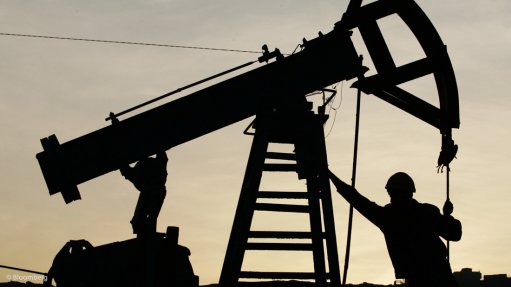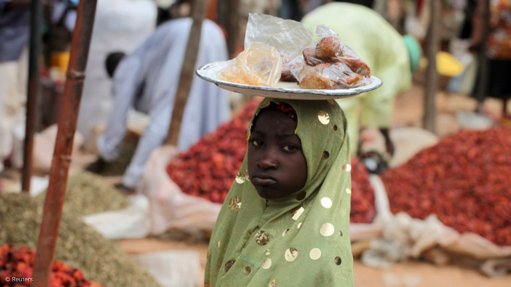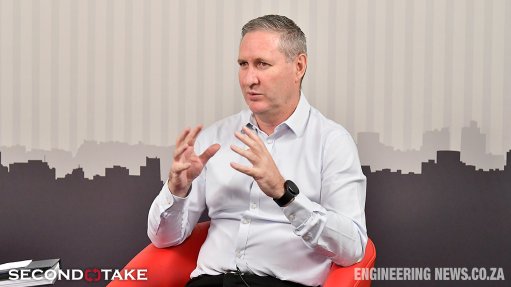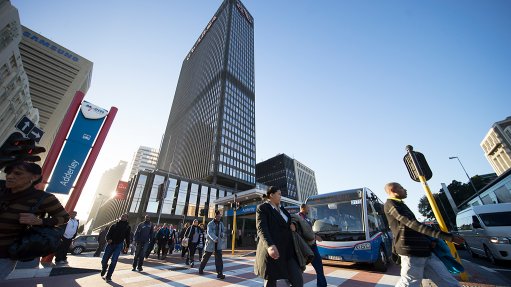What SA needs to attain economic growth
We cannot turn our fortunes around without a relentless focus on economic growth. Price stability is a necessary but not sufficient condition for economic growth. Our Constitution also requires that there should be regular consultation between the Reserve Bank and the Minister of Finance to promote macroeconomic coordination, all in the interests of employment creation and economic growth. Faster economic growth also requires accelerated land reform in rural and urban areas and a clear property rights regime.”
The phrase ‘economic growth’ appears four times in the above quotation from the State of the Nation Address (SoNA) that President Cyril Ramaphosa delivered last month.
The Collins Dictionary of Economics defines ‘economic growth’ as the growth of the real output of an economy over time, and ‘output’ as the goods and services that are produced using a combination of factor inputs. ‘Factor inputs’ – also known as ‘factors of production’ – are natural resources, labour and capital, and these are combined to produce goods and services.
Although it is generally known that economic growth is measured in terms of the increase in the gross domestic product, or GDP, over time, what is not generally known is that economic growth is one of the four main objectives of macroeconomic policy. The other three are full employment, the avoidance of inflation, and balance-of-payments equilibrium. The last-mentioned refers to a situation whereby, over the course of a year, a country spends and invests abroad no more than what other countries spend and invest in it.
It is fair to say that South Africa has struck out on all four macroeconomic policy objectives thus far, with only the extent of the strike out in question.
To rectify the country’s economic growth fortunes, as the President stated, we will need to have price stability, to promote macroeconomic coordination, to accelerate land reform and to have a clear property rights regime. These are by no means textbook economic growth considerations – if they were, there would be six factors of consideration, as articulated in the Collins Dictionary of Economics, the first of which would be an increase in the stock and quality of capital goods – in other words, capital accumulation, of which there are three variants, namely investment in physical fixed capital, such as factories and machinery; portfolio investment, which relates to the purchase of bonds, shares and cryptocurrencies; and investment in assets like property.
The second consideration would be an increase in the quantity and quality of the country’s labour force, the third an increase in the quantity and quality of natural resources, the fourth the efficient use of these factor inputs to maximise their contribution to the expansion of output through improved productivity, and the fifth the development and introduction of innovative techniques and new products. The final consideration is that the level of demand needs to be high enough to ensure the full use of the increased productive capabilities of the economy. Government can stimulate growth by increasing its expenditure and reducing taxation.
The word ‘stimulate’ appears only once in the latest SoNA: “We will stimulate local demand and grow South African manufacturing by making sure the ‘Buy Local’ campaign is everywhere and ever-present. We call on all South Africans to deliberately and consistently buy locally made goods. The suit, the shirt and the tie I am wearing today was locally made by South African textile workers at the House of Monatic here in Salt River, Cape Town.”
House of Monatic’s branded products include Carducci and Viyella. While these may be tailored in South Africa, the fabric and cloth must surely be imported. If this is true, then it will be more appropriate to say: “Made in South Africa from Imported Fabric.” This puts the products beyond the financial means of the overwhelming majority of South Africans.
Comments
Press Office
Announcements
What's On
Subscribe to improve your user experience...
Option 1 (equivalent of R125 a month):
Receive a weekly copy of Creamer Media's Engineering News & Mining Weekly magazine
(print copy for those in South Africa and e-magazine for those outside of South Africa)
Receive daily email newsletters
Access to full search results
Access archive of magazine back copies
Access to Projects in Progress
Access to ONE Research Report of your choice in PDF format
Option 2 (equivalent of R375 a month):
All benefits from Option 1
PLUS
Access to Creamer Media's Research Channel Africa for ALL Research Reports, in PDF format, on various industrial and mining sectors
including Electricity; Water; Energy Transition; Hydrogen; Roads, Rail and Ports; Coal; Gold; Platinum; Battery Metals; etc.
Already a subscriber?
Forgotten your password?
Receive weekly copy of Creamer Media's Engineering News & Mining Weekly magazine (print copy for those in South Africa and e-magazine for those outside of South Africa)
➕
Recieve daily email newsletters
➕
Access to full search results
➕
Access archive of magazine back copies
➕
Access to Projects in Progress
➕
Access to ONE Research Report of your choice in PDF format
RESEARCH CHANNEL AFRICA
R4500 (equivalent of R375 a month)
SUBSCRIBEAll benefits from Option 1
➕
Access to Creamer Media's Research Channel Africa for ALL Research Reports on various industrial and mining sectors, in PDF format, including on:
Electricity
➕
Water
➕
Energy Transition
➕
Hydrogen
➕
Roads, Rail and Ports
➕
Coal
➕
Gold
➕
Platinum
➕
Battery Metals
➕
etc.
Receive all benefits from Option 1 or Option 2 delivered to numerous people at your company
➕
Multiple User names and Passwords for simultaneous log-ins
➕
Intranet integration access to all in your organisation


















